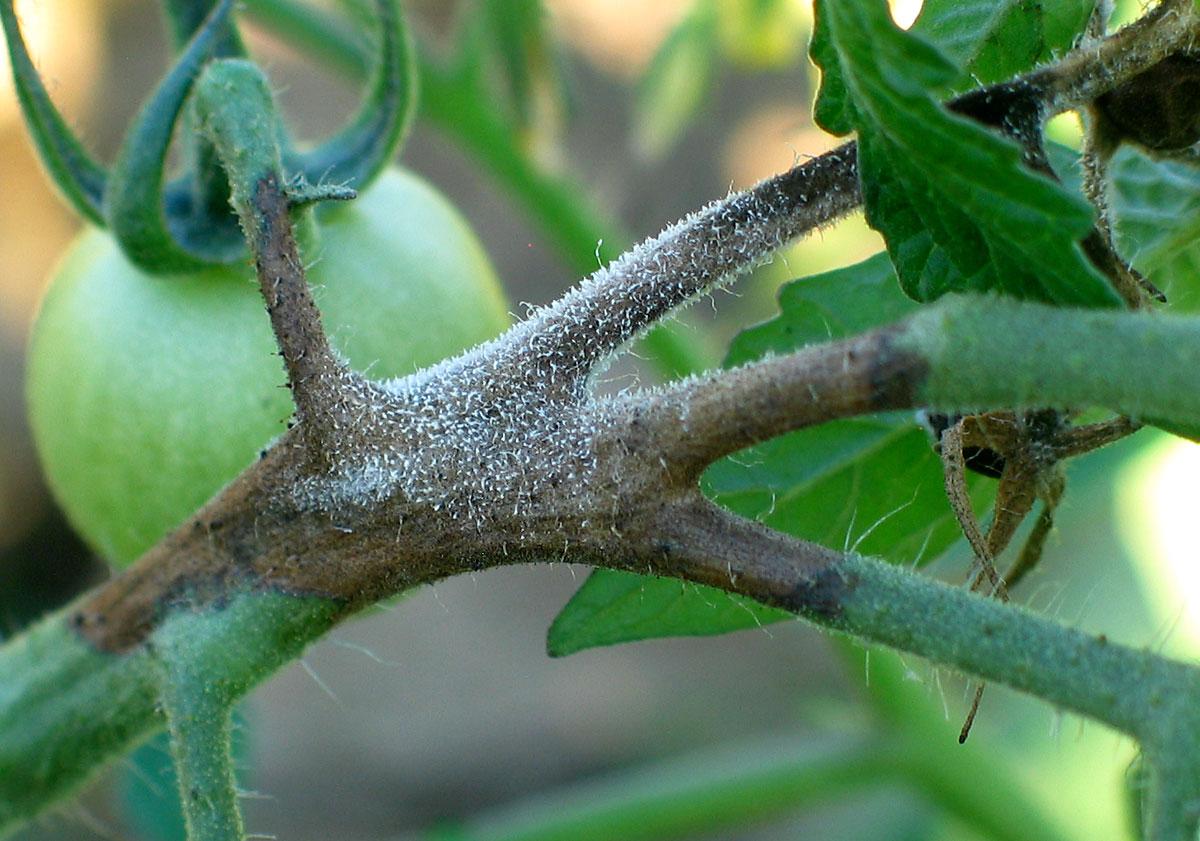

Therefore, the use of combinations of R genes with different spectra must be pursued to increase durability of resistance and thereby providing food security under no or little fungicide application. In the absence of chemical controls this might even result in the destruction of an entire harvest. Although the used R genes provide resistance to broad spectra of late blight strains, the predominant agricultural deployment of only one R gene can drive the evolution of new virulent strains. It has turned out in various crops and pathosystems that stacking of multiple R genes is necessary to provide satisfactory resistance in the field. demissum R1, R2, R3, and R10 has sparked an increased focus on the introgression of multiple broad spectrum R genes in order to impart durability to commercial varieties. However, rapid breakdown of resistance in potato varieties containing S. Breeding at the beginning of the twentieth century concentrated on major dominant late blight resistance ( R) genes from the Mexican wild species Solanum demissum and eleven of these R genes were introgressed in potato. Genetic disease resistance is an effective tool for sustainable management of late blight, caused by Phytophthora infestans, which is economically the most important disease of potato. Thereby, this study provides an important tool for the successful deployment of R genes in agriculture and contributes to the production of potentially durable late blight resistant potatoes. Marker-free transformation is less genotype dependent and less prone to vector backbone integration as compared to marker-assisted transformation. We developed a marker-free transformation pipeline to select potato plants functionally expressing a stack of late blight R genes. Also, differences in regeneration time and genotype dependency were evaluated. The marker-free transformation was compared to kanamycin resistance assisted transformation in terms of T-DNA and vector backbone integration frequency. These cisgenic events were selected because they showed broad spectrum late blight resistance due to the activity of both introduced R genes. Through further analyses involving morphological evaluations in the greenhouse, responsiveness to Avr genes and late blight resistance in detached leaf assays, the selection was narrowed down to eight independent events. Gene transfer events were selected by PCR among regenerated shoots.

Next, a construct containing both cisgenic late blight R genes ( Rpi-vnt1.1 and Rpi-sto1), but lacking the bacterial kanamycin resistance selection marker ( NPTII) was transformed to the three selected potato varieties using Agrobacterium-mediated transformation. First, single R gene-containing transgenic plants were produced for all varieties to be used as references for the resistance levels and spectra to be expected in the respective genetic backgrounds. We pursued a cisgenesis approach to introduce two broad spectrum potato late blight R genes, Rpi-sto1 and Rpi-vnt1.1 from the crossable species Solanum stoloniferum and Solanum venturii, respectively, into three different potato varieties. Cisgenesis is a promising approach that introduces native genes from the crops own gene pool using GM technology, thereby retaining favourable characteristics of established varieties. The introduction of multiple resistance ( R) genes with different spectra from crossable species into potato varieties is required. Phytophthora infestans, causing late blight in potato, remains one of the most devastating pathogens in potato production and late blight resistance is a top priority in potato breeding.


 0 kommentar(er)
0 kommentar(er)
